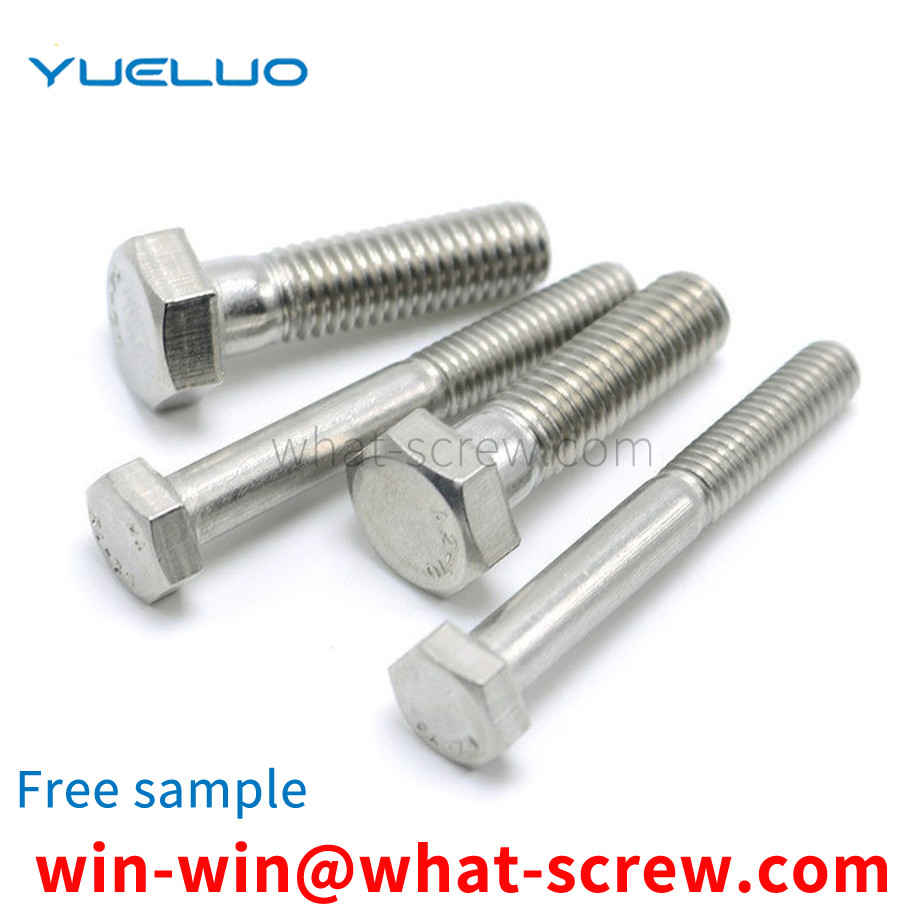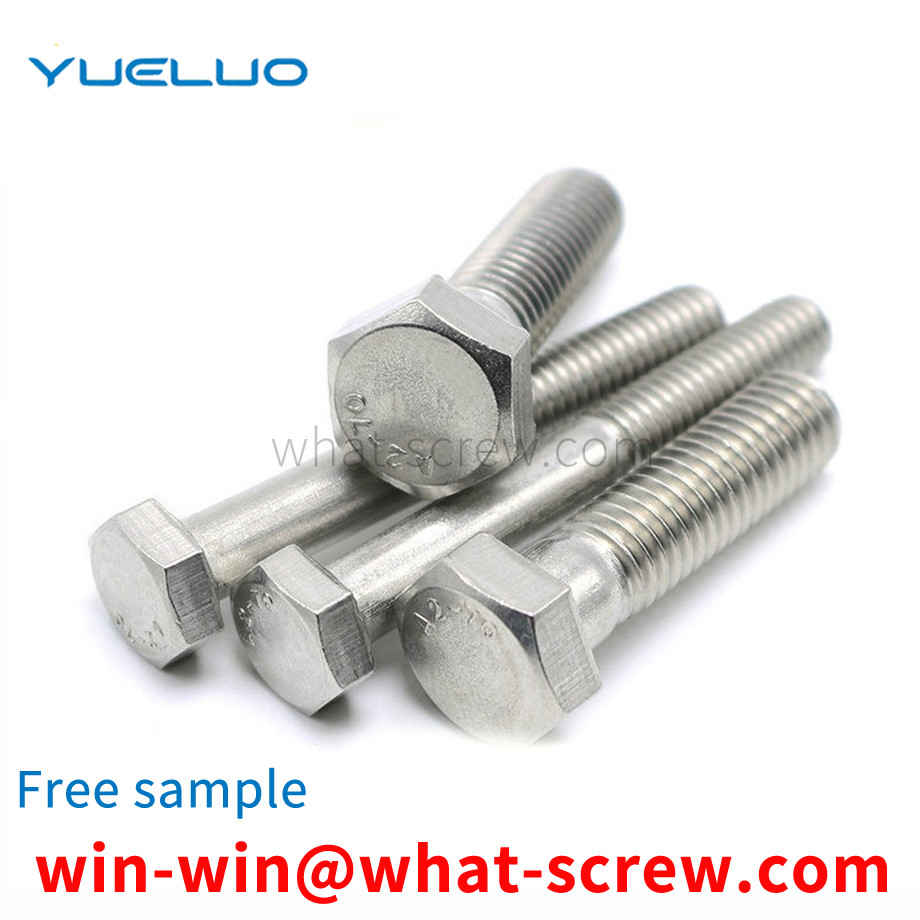Copper nuts, also known as embedded nuts and inlaid copper nuts or plastic embedded nuts, are divided into hot-melt copper nuts, hot-pressed copper nuts, embedded copper nuts and ultrasonic copper nuts according to different methods of use. This product is widely used in mobile phones. Shell / Pen meter shell / injection part / insert of plastic part, used as an internal thread. Generally embossed on the outer circle. To prevent sliding. Stainless Steel Nuts Hexagon Nuts (GB6170/DIN934), Thin Nuts (GB6172/DIN439), Heavy Nuts (Metric, US), Nylon Lock Nuts (DIN985-DIN982 Thick), All Metal Lock Nuts (DIN980M), Cap Nuts (DIN1587), Flange Nuts (GB6177/DIN6923), Flange Nuts Nylon Lock Nuts (DIN6926), Square Weld Nuts (DIN928), Hex Weld Nuts (DIN929), Butterfly Caps (GB62, DIN315, American), K cap, etc. Specifications: M1.6-M64
The gasket side of the above-mentioned nut assembly is in contact with the mounting surface. When the nut is tightened, the gasket squeezes the outer cone surface to make it shrink, and the cone tip faces the same direction as the nut, thereby preventing the nut from tightening, so that the nut fixing effect is not good, and at the same time When multiple nuts need to be superimposed and fixed, two adjacent nuts cannot interact with each other, resulting in poor fixing effect.
In general, the size, mechanical properties and working performance requirements of self-tapping screws have the following standards: 1. Self-tapping screw size standard ASME B18.6.3 2010 standard not only introduces the dimensions of slotted and cross-recessed self-tapping screws and metal drive screws, but also includes the mechanical properties and work performance requirements of carbon steel self-tapping screws. The appendix gives instructions for measuring the various dimensions and application guidance on clamping lengths and test apertures. 2. Self-tapping screw performance standards (including mechanical properties and work performance): (1) SAE J933: Introduces the mechanical performance and work performance requirements of carbon steel ordinary self-tapping screws and white-cut self-tapping screws. The requirements for selection of raw materials, heat treatment, depth of carburized layer, surface hardness, and core hardness are further specified. (2) SAE J81: The mechanical properties and working performance of self-extrusion self-tapping screws (self-tapping locking screws) are introduced. (3) SAE J78: The mechanical properties and working properties of self-drilling and self-tapping screws are introduced. (4) IFl-113: The mechanical properties and working properties of self-drilling and self-tapping screws are introduced. (5) ASTM C1513: Introduces the mechanical properties and performance requirements of carbon steel self-tapping screws. For other special types of self-tapping screws, there is no corresponding national or industrial standard, and no data for self-tapping screws made of other metal materials other than carbon steel have been recognized. For technical data on these self-tapping screws, you can check with the manufacturer.
High-strength fasteners must be quenched and tempered according to technical requirements. The purpose of heat treatment and tempering is to improve the comprehensive mechanical properties of fasteners to meet the specified tensile strength value and yield ratio of the product. The heat treatment process has a crucial impact on high-strength fasteners, especially its intrinsic quality. Therefore, in order to produce high-quality high-strength fasteners, advanced heat treatment technology and equipment must be available. Due to the large production volume and low price of high-strength bolts, and the threaded part is a relatively fine and relatively precise structure, the heat treatment equipment is required to have large production capacity, high degree of automation, and good heat treatment quality. Since the 1990s, the continuous heat treatment production line with protective atmosphere has dominated, and the shock bottom type and mesh belt furnace are especially suitable for heat treatment and tempering of small and medium-sized fasteners. In addition to the good sealing performance of the furnace, the quenching and tempering line also has advanced computer control of atmosphere, temperature and process parameters, equipment failure alarm and display functions. High-strength fasteners are automatically controlled and operated from feeding-cleaning-heating-quenching-cleaning-tempering-coloring to offline, which effectively ensures the quality of heat treatment. The decarburization of the thread will cause the fastener to trip before the resistance required by the mechanical properties is reached, which will cause the failure of the threaded fastener and shorten the service life. Due to the decarburization of the raw material, if the annealing is improper, the decarburized layer of the raw material will be deepened. In the process of quenching and tempering heat treatment, some oxidizing gas is generally brought in from outside the furnace. The rust of the bar wire or the residue on the surface of the wire rod after cold drawing will also decompose after being heated in the furnace, and some oxidizing gases will be generated by the reaction. For example, the surface rust of steel wire, which is composed of iron carbonate and hydroxide, will be decomposed into CO₂ and H₂O after heating, thus aggravating decarburization. Studies have shown that the degree of decarburization of medium carbon alloy steel is more serious than that of carbon steel, and the fastest decarburization temperature is between 700 and 800 degrees Celsius. Because the attachments on the surface of the steel wire decompose and synthesize carbon dioxide and water very quickly under certain conditions, if the furnace gas of the continuous mesh belt furnace is not properly controlled, it will also cause excessive decarburization of the screw. When the high-strength bolt is formed by cold heading, the raw material and the annealed decarburized layer not only still exist, but also are extruded to the top of the thread. For the surface of the fastener that needs to be quenched, the required hardness cannot be obtained. Its mechanical properties (especially strength and wear resistance) decreased. In addition, the surface of the steel wire is decarburized, and the surface layer and the internal structure have different expansion coefficients, and surface cracks may occur during quenching. For this reason, during quenching and heating, the top of the thread should be protected from decarburization, and the fasteners whose raw materials have been decarburized should be properly carbonized, and the advantages of the protective atmosphere in the mesh belt furnace should be adjusted to the original carbon-coated parts. The carbon content is basically the same, so that the decarburized fasteners are slowly restored to the original carbon content. The carbon potential is preferably set at 0.42% - 0.48%. The carbon coating temperature is the same as the quenching heating, and cannot be carried out at high temperatures , so as to avoid coarse grains and affect mechanical properties. The quality problems that may occur in the process of quenching and tempering of fasteners mainly include: insufficient hardness in the quenched state; uneven hardness in the quenched state; excessive quenching deformation; quenching cracking. Such problems in the field are often related to raw materials, quenching heating and quenching cooling. Correctly formulating the heat treatment process and standardizing the production operation process can often avoid such quality accidents.
The assembly of hollow rivets and flat head screws riveted on the cover plate is assembled in the product. Compared with the method of connecting with bolts, the loading and unloading speed can improve the efficiency by about 80% to 90%, and is widely used. The assembly needs to riveted hollow rivets and flat head screws on the cover plate, and ensure that the riveted flat head screws can rotate flexibly. When riveting, it is necessary to use special tools to riveted the hollow rivets, flat head screws and cover plates together for riveting. In the existing riveting process, the oval head screw is often damaged due to the action of external force. The positioning process is cumbersome and the work efficiency is low.
We have many years of experience in the production and sales of screws, nuts, flat washers, etc. The main products are: unrubbed cup head screws, B1821 square head bolts, wholesale cap nuts, countersunk head pullers and other products, we can provide you with products suitable for you fastener solutions.



















 Service Hotline
Service Hotline




